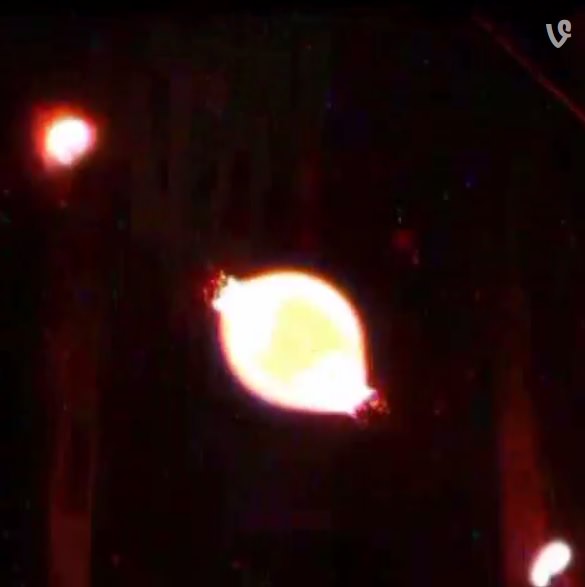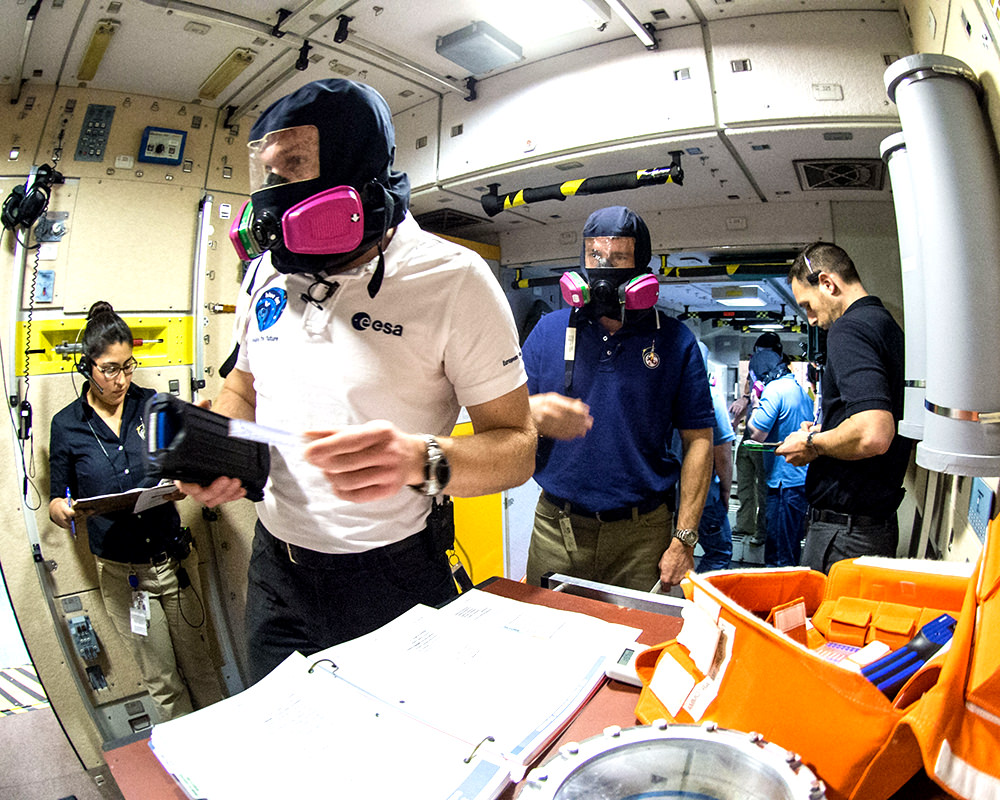Did you see the Moon last night? I walked outside at 10:30 p.m. and was stunned to see a dark, burnt-orange Full Moon as if September’s eclipse had arrived a month early. Why? Heavy smoke from forest fires in Washington, California and Montana has now spread to cover nearly half the country in a smoky pall, soaking up starlight and muting the moonlight.
If this is what global warming has in store for us, skywatchers will soon have to take a forecast of “clear skies” with a huge grain of salt.
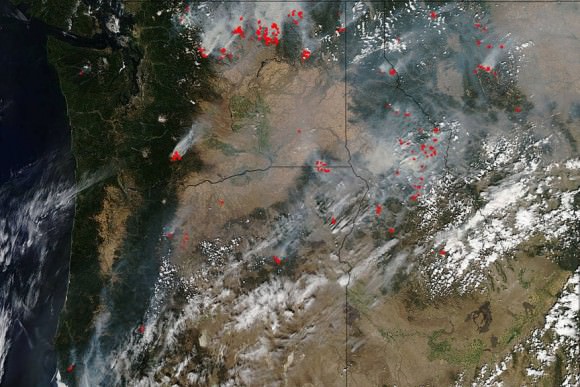
By day, the sky appears the palest of blues. By night, the stars are few if any, and the Moon appears faint, the color of fire and strangely remote. Despite last night’s clear skies, only the star Vega managed to penetrate the gloom. I never saw my shadow even at midnight when the Moon had climbed high into the southern sky.
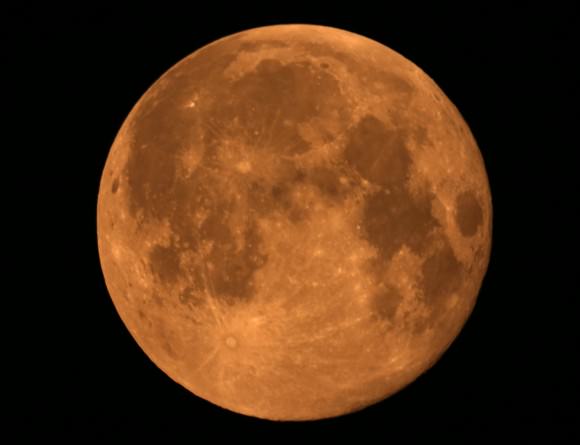
We’ve seen this smoke before. Back in July, Canadian forest fires wafted south and west and covered much of the northern half of the U.S., giving us red suns in the middle of the afternoon and leaving only enough stars to count with two hands at night. On the bright side, the Moon is fascinating to observe. I set up the telescope last night and spend a half hour watching this unexpected “eclipse”; sunsets appear positively atomic. The size of the smoke particles is just right for filtering out or scattering away blues, greens and even yellow from white light. Vivid reds, pinks and oranges remain to tint anything bright enough to penetrate the haze.
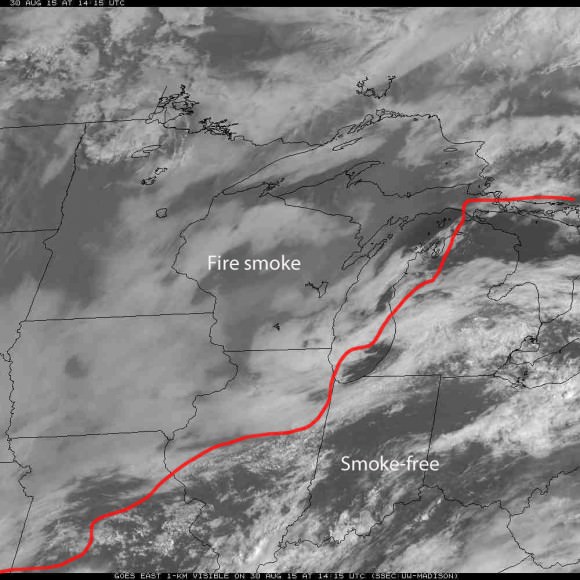
But smoke can cause harm, too. Forest fire smoke contains carbon monoxide, carbon dioxide and soot. On especially smoky days, you can even smell the odor of burning trees in the air at ground level. Some may suffer from burning eyes, asthma or bronchitis on especially smoky days even a thousand miles from the source fires.
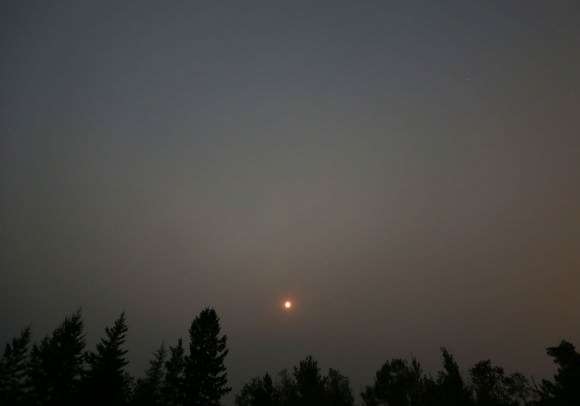
On clear, blue-sky days, I’ve watched the smoke creep in from the west. It begins a light haze and slowly covers the entire sky in a matter of several hours, often showing a banded structure in the direction of the Sun. A little smoke is OK for observing, but once it’s thick enough to redden the Moon even hours after moonrise, you can forget about using your telescope for stargazing. Sometimes, a passing thunderstorm and cold front clears the sky again. Sometimes not.
The only cures for fire soot are good old-fashioned rain and the colder weather that arrives with fall. In the meantime, many of us will spend our evenings reading about the stars instead of looking at them.


